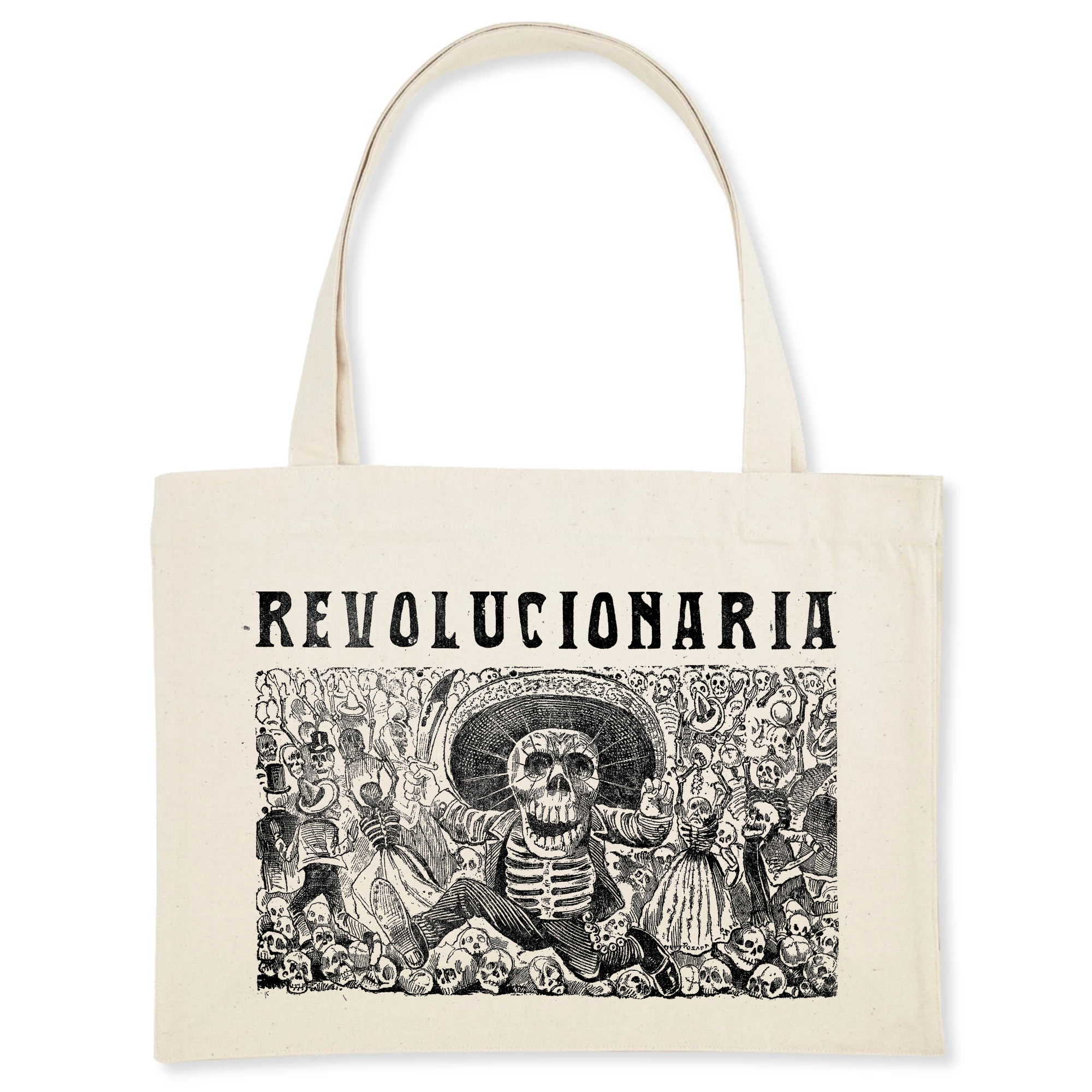Calaveras
Mexican illustrator José Guadalupe Posada (1851 - 1913) is best remembered for his calaveras, representations of the human skull and skeleton seen in Mexico's annual celebration the Day of the Dead ( Día de Muertos; October 31st - November 2nd).
Posada began creating calaveras in 1880 for publication in Antonio Vanegas Arroyo's inexpensive coloured broadsides sold in markets, on the streets and at festivals.
Posada depicted animated skeletons at work, dancing, playing instruments, mourning the dead, illustrating rhyming ballads (corridos) and stories about love affairs.
The stories and Posada's art expressed the social and political concerns of the period. Death lampooned the vain and rich, including Mexico's dictator Porfirio Díaz. In Posada's calaveras, shorn of finery, rank and flesh, everyone was equal.
On January 20th 1913, 3 years after the start of the Mexican Revolution, José Guadalupe Posada died penniless. He was buried in an unmarked grave.
In the 1920s his work was rediscovered and hailed by French ex-patriot artist Jean Charlot, who described Posada as "printmaker to the Mexican people".

















































